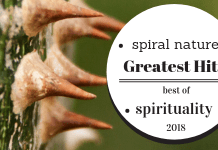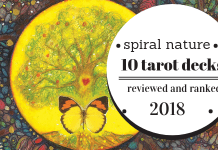
We published our giant list of the 25 best occultnik books from 2015, reviewed and ranked, our list of the 11 best tarot and oracle decks from 2015, and the annual Greatest Hits round up of our best posts. This year we’re breaking it up, and we’ve shared the most popular posts in the Magick category published in 2015, now we’ll share the list of our 8 most popular Spirituality articles from 2015.
Thanks again to all of our amazing writers, editors, and, of course, readers!
Hope everyone is enjoying a safe and happy holiday season!
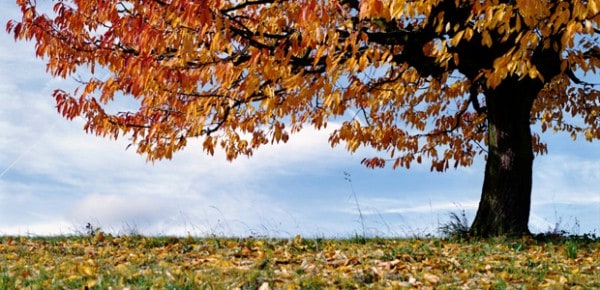
8. When a coven ends
By A Gardnerian
As popular Wiccan opinion goes, the number one coven killer in existence is a dreadful little thing called divorce. We’ve all heard the stories; the High Priest’s and High Priestess’ relationship devolves, the marriage unravels, the trust is shattered and people inevitably pick sides. Much can be said about divorce and its effects on a coven and on an entire line by Gardnerians in the USA. But this article isn’t about the number one coven killer in America. This article is about another way that covens end; this article is about life.

7. Initiation and Islamic gnosis
By Angel Millar
“We must not consider gnosis as a religion among others, but as the heart of all religions,” said Allamah Tabataba’i, one of leading Shi’ite Muslim thinkers and clerics of the 20th century. “Gnosis is one of the paths of worship, a path based on knowledge combined with love, rather than fear. It is the path for realizing the inner truth of religion rather than remaining satisfied only with its external form and rational thought.”
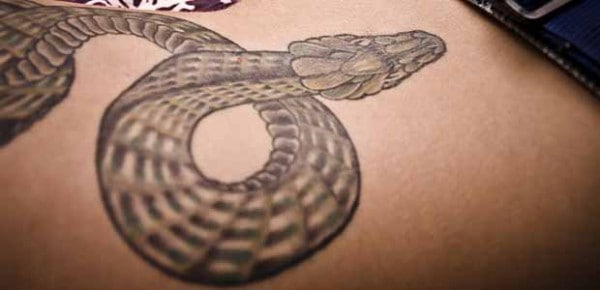
6. Sacred tattoos: Temporary skin, permanent mark
By Xenia
Sacred tattoos are physical, things that can be looked at and touched, and are understandable to everyone in that sense. They are a literal transformation; a body with a tattoo is not the same as the unmarked body that came before it. This cycle of change and renewal has been crucial for much of my life.
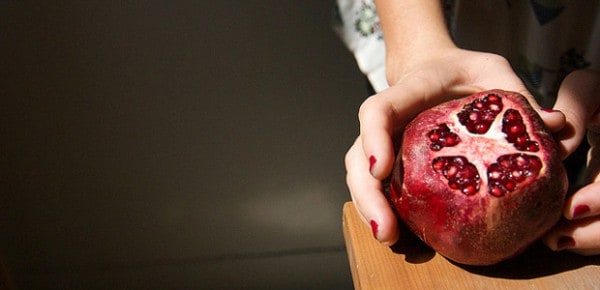
5. Pomegranates and trauma: Delving into the Underworld
By Xenia
During my thesis year of college, I was completely and utterly stuck. After three years in art school, working within the bounds of assignments, all I wanted was to let loose and create what I wanted. But I had no idea what that was; I kept reaching into my idea-place and pulling out nothing. This thesis needed to be perfect, a representation of myself as a person and an artist, so I had to figure out what made me tick, and fast. The thing is, I had some repressed, unresolved trauma. And when you put someone like that in a room by themselves for a month and tell them to think about themselves, interesting things happen.
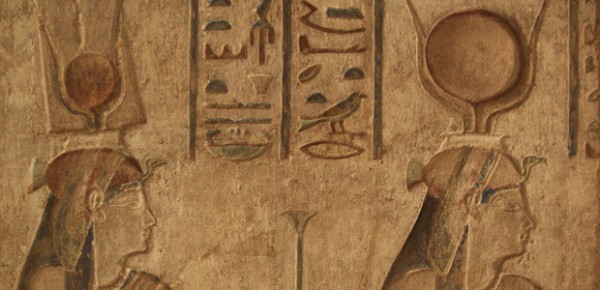
4. On the many roles of Hathor
By Tanvir Sufi
The origin of her most important moniker, “mother goddess,” is hidden in her very name Hathor, meaning “House of Horus.” “House” is to be taken as Hathor’s uterus where Horus, one of the earliest Egyptian male deities, was believed to have been born. If Hathor was the mother of Horus, she was also the mother of all pharaohs (hence the tag “mother goddess”), because Horus was believed to be incarnated in pharaohs.
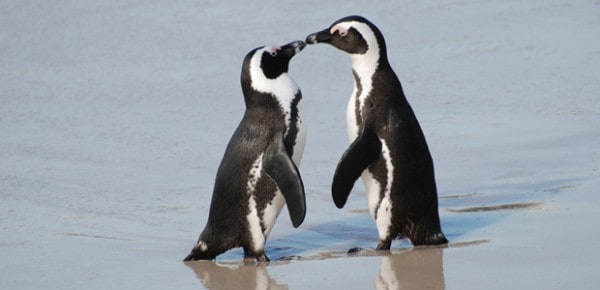
3. Honouring queer and non-binary forms of nature
By Xenia
There are some species whose physical characteristics don’t match human definitions of their sexes, something I can see in my own life. I’ve always been more bemused than anything else by the preoccupation some faiths have with, for example, the phallus. My being a lesbian definitely influences this; in my life, a phallus isn’t some rigid, powerful symbol of masculinity, for many reasons. I know they aren’t inherently masculine, because my partner has one and she is very much a woman. On another level, a phallus is a tool, one of many, that I can put on and take off as my partner and I see fit. As a result of all this, I deeply question the penis=masculinity=strength narrative, as well as the notion that femininity is inherently passive and receptive. I chose these next two animals to research because they subvert or outright defy those notions.
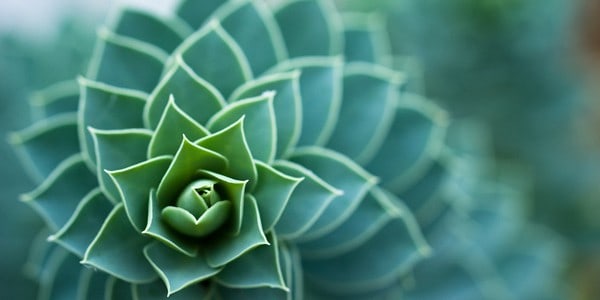
2. After awakening: Otherkin and spirituality
By Xenia
I am fascinated with the spiritual practices of otherkin and the journeys they take to find them. A lot of kin return with unconventional and eclectic practices reflecting their own experience and identity. It’s not that otherkin can’t find fulfillment in existing spiritual paths, it’s that many faiths have a basic assumption that the practitioner is human, or have some pretence that the earth or humans are somehow special or superior. And the process of awakening tends to shake people up and make them question themselves, which creates a fertile ground for new ideas, but also for confusion.

1. Yule: Lighting up the night
By Susan Starr
Yule or the winter solstice — December 21 or 22 in the northern hemisphere — was celebrated as the point of survival through half the winter. Communities were never sure if the food they put up during the abundance of summer and fall would last till the next planting season arrived. These days also marked the return of the light — longer days and shorter nights meant an end to winter was to come soon enough.
Did we miss your favourite article from 2015? What would you like to see our writers tackle in 2016? Or do you have an idea you’d like to pitch our editors? We always welcome new talent!


